3D printing pens are here to stay and like its more popular counterpart—the 3D printer—understanding the different types of printing pens out, there is quite important because when purchasing one, you need to have a feature/specifications list in mind in other not to get confused while shopping.
So to aid you in the difficult task of choosing a 3D printing pen from the multiple types available, we intend to break down the differences by comparing and contrasting some very important features which you must consider before choosing a 3D pen. Some of the factors to consider are:
- Power Cords: for a 3D pen to function, it must be powered via an energy source such as electricity from a power source or energy form rechargeable batteries. This factor focuses on choosing between a cord or cordless 3D printing pen
- Photopolymer or Stereoscopic: these criteria will consider two separate factors which are; the heating mechanism used in curing printing materials, as well as the materials used in either case or techniques.
- Display Feature: this factor covers the ability of a printing pen to provide its user with technical details—flow speed, temperature, etc.—via a display screen during the printing process.
- Silent Mode: in most cases, the use of a 3D printing device is synonymous with noise and fusion smells emanating from molten plastic. This criterion focuses on the choice between working on stealth mode or the alternative.
Making a Choice between a Corded or Cordless 3D Printing Pen
The average 3D printing pen generally comes equipped with a power cord to provide the electrical connectivity needed to power the device. But with advances in the development of 3D printing devices, 2014 witnessed the beginning of a new era with the inception of cordless 3D pens into the printing community.
While printing pens with power Cords made use of cables, these new devices make use of rechargeable which can be charged via a USB cord. But the question of choosing between both options still remains and to answer it, you must consider:
- Your workspace: for those operating or printing in limited spaces, having all your tools attached and secure in certain positions would be more helpful than leaving them lying about. In this situation, installing a power socket to keep your 3D pen anchored should be considered. While for larger workspaces, a wireless pen would provide more versatility when working on a project.
- Project Type: for simple drawing tasks, the difference between a corded or cordless 3D printing pen would not be noticeable due to the straight forward designs to be executed. But when working on intricate models or on tight angles in a model, a pen with a power cable might hinder your ability to maneuver around.
Therefore the decision here boils down to the user’s workstation, abilities, and the printing task to be executed. A perfect example of cord vs Cordless, in this case, will be the choice of selecting either a Creopop pen or a 3Doodler 2.0.
Making a Choice between Photopolymer and a Stereoscopic Pen
Before going into comparing both factors, it is important we understand what each type stated above stands for.
The photopolymer pen makes use of ultraviolet light and printing ink cartridges to develop 3D models. Here, the UV light acts as the curing agent when it falls on photosensitive materials—which is the ink. While stereoscopic pens make use of heat to melt its printing materials to form molten feed which then solidifies in the drawn-out shape.
So, these two criteria will be employed when comparing both factors:
- Curing Mechanism: photopolymer pens make use of UV rays and photo-sensitive materials which eliminate external heat and the possibility of heat-related accidents while working. While it’s counterpart makes use of temperatures between 150 to 230 degrees to fuse materials. This adjustable temperatures affects its external environment and can lead to discomfort or accidents
- Printing materials: photopolymer pens make us of different types of inks such as; temperature-sensitive ink, colored ink or aromatic ink as their feed for 3D printing your designs. On the other hand, the material feed used by stereoscopic pens is plastic in nature. These plastic include PLA and ABS filaments.
Here, the photopolymer 3D printing pen takes the edge over its rival due to the fact that it eliminates the use of heat in any form. It edges the stereoscopic pen for reasons such as enhanced safety, and its kid-friendly nature for younger 3D printing enthusiasts.
Making a Choice between Display Features
No one loves working in the dark and a 3D printing pen with no display screen of any sort is akin to working in the dark. The user will have little or no indicators to track or measure certain features—flow speed, temperature, etc.—required for accuracy when printing. The choice between a display screen and none is a no brainer and almost all manufacturers now provide display screens on the surface of their 3D printing pens.
Making a Choice between Silent Mode or No Mode
Another ‘soon to be relics’ of the past are noisy 3D printing pens which produce both heat and a whirling sound when functioning. Although stereoscopic pens are known for the noise they produce, advances in printing technology have ensured that most stereoscopic pens are now equipped with silent mode features to dampen noise.
On the other hand, photopolymer pens that make use of UV light are generally silent and produce little or no heat when in operation and this puts them at top of this category.
A 3D printing pen with the following features; photo polymeric, silent, and equipped with a display screen should be your choice when purchasing a 3D printing pen. As for the cord or cordless issue, I believe the decision lies in your court for both serve you well depending on the discussed situations.
3D Scribbler Printing Pen V3
On opening the package you’ve purchased or plan to purchase here are the items that are included in it:
- The 3D printing pen: the most important device or item in the package is definitely the Scribbler 3D pen which comes in multiple colors. As stated earlier, it closely resembles a glue gun and more on its design will be discussed later.
- Power Cord: for now, there are no wireless printing pens so included in the package is the power cord built to function with 110-240 volts power adapters.
- 3 1.75mm PLA Filament: included in the box are 3 PLA filaments which are in 10 feet loops and three different colors. This allows you to start 3D printing immediately the package arrives.
- Instructions Manual: also expected is the user guide which is designed to help the user get acquainted with the features and capabilities needed to carry out 3D printing tasks.
Criteria for the Review
To accurately score a product or service rendered to the public, it is quite important to have specific criteria to review and measure that product against. Therefore for this review, the criteria to be used are:
- Aesthetic Design: since this review covers a tool that must be held and maneuvered when in use, it is quite important to discuss it’s physical features and how they aid usability
- Features and Specifications: this criterion is actually the most important factor that determines the performance of the 3D printing pen for it covers specifics governing its operations such as; it has a heating mechanism, flow speed control, thermal adjustability, etc.
- Filament Material: this discusses the type of feed the 3D printing pen’s heating mechanism is equipped to work with without experiencing any issues.
- Cost: Lastly, the cost of purchasing this item–Scribbler 3D Printing Pen V3–must be taken into consideration.
Reviewing the Scribbler 3D Printing Pen V3
The Scribbler V3 pen operates under the same principles the average thermal-based printing pen functions on. That is, it makes use of a heating mechanism to melt plastic filament to create its models. Therefore, reviewing it like its colleagues we get:
Aesthetic Design: the Scribbler V3 was ergonomically designed to closely look like the sporty version of a glue gun. This can be seen from its curvaceous surface–made to provide support for the user’s hand–and the glossy finish of its surface coat. On the device are several buttons and an LCD screen that enhances its sporty look and feel.
It also falls under the category of a lightweight 3D printing pen which means that it is easy to make use of, for its users can maneuver around both easy to reach surfaces and difficult angles when using the Scribbler.
Features and Specifications: the features and Specifications of the Scribbler V3 is definitely an upgrade to that of its predecessor–the Scribbler V2. Its features include:
- Heating mechanism/ Thermal Control: like most 3D printing pens, the Scribbler works with a heating mechanism with adjustable thermal control which means that users can increase and reduce the heat it produces between 150-230 degrees. This temperature is high enough to melt both PLA and ABS filaments to carry out printing tasks.
- Flow Speed Control: while most 3D printing pens including the Scribbler V2 spot a single slider used for either speeding up or slowing down the flow speed of molten plastic, the Scribbler V3 takes speed control a step further with its 6-speed adjustable control button. This feature provides its user with greater control over its flow speed during the building process.
- LCD Display Screen: Working with a 3D pen without some form of direction is like fishing in the dark. The interactive LCD screen strategically placed at the top of the Scribbler V3 provides you with the lamp needed to navigate the device. On this pronounced screen, users can track all the important details–temperature, speed, power, etc–they need to know while carrying out various tasks.
- Stand-by Mode: in order to save power and elongate the lifespan of this durable printing pen, a standby mode feature was integrated and it shuts down the Scribbler when it has stayed idle for a couple of minutes.
Filament Material: 3D printing pens are frailer devices when compared to your average 3D printer but they still provide the versatility and creativity you require when working with plastic. Therefore it is important to note that the Scribbler 3D printing pen V3 works with both PLA and ABS plastic filaments due to the power of its heating mechanism.
Cost: on Amazon, the Scribbler V3 is listed for about $99 and unlike some of its competitors, this 3D printing pen comes with a 30-day warranty when purchased. Interested individuals should also be able to purchase one at their local stores.
Amazon reviews are also great sources for finding real-life experiences about using a device and taking a look at the reviews under the Scribbler V3, you find that it is scored at 3.5/5 which is quite favorable and an indicator of how useful this device can be to 3D printing hobbyist. So why not purchase one and leave us a comment on how it served your needs.
Soyan Doodle 3D Printing Pen Review
Now, the Soyan Doodle pen like most of its contemporaries is a 3D Printing device shaped like a pen which makes use of predominantly heating techniques or thermal technology to carry out its printing task. On purchasing the device, you would be presented with a package that contains:
- The Soyan Pen: contained in the purchases package is obviously the 3D printing pen which closely resembles a glue gun. The printing pen comes in different eye-catching colors which you can choose from.
- Power Cord: the Soyan Doodle is powered by electricity. Therefore, included in the package is a 12V 3 Ampere black power cord that works perfectly with 110-240 volts power adapters or sockets.
- 3 ABS Filament Coils: three 10 feet ABS coils are included in the package. These coils come in different colors and are included to help first-time users easily kick-start the 3D printing process.
- Instructions Manual: most technical devices come with an operations manual to educate the buyer about using the device, and the Soyan Doodle pen is no different. Included in its package is an English manual detailing its features and use.
Over time, we have reviewed multiple 3D printing pens, 3D printers, Scanners, etc. And with every review, there are certain criteria used in measuring the features of the device to be reviewed and today’s review will follow that trend.
Reviewing the Soyan Doodle 3D Printing Pen
Aesthetic Design: As stated earlier the Soyan Pen closely resembles a glue gun with some exceptions. And these are the multiple buttons on its surface, a visible filament feeding pattern and the little hand support which can be seen at its base. These features are all put together on a lightweight device and makes it quite easy to handle when printing and maneuvering tight model angles. Lastly, it comes in different than color schemes which can be chosen according to your personal preferences.
Features and Specifications: surprisingly, the features and specifications of the Soyan Doodle 3D pen place it at the top end when compared with its colleagues this is due to its:
- Thermal Control range: unlike also every 3D printing pen spotting heating mechanisms that produce temperature in the 160-230 degrees range, Soyan Doodle takes it a step further by working in the 160-250 degrees range when melting the ABS filament it works with. This gives users extra melting power but the corresponding heat produced at the nib must also be taken into account to avoid personal injury.
- Flow Speed: and like its contemporaries, this 3D pen spots a speed control feature that is used for adjusting the speed at which molten plastic is been extruded from its nozzle. Users can vary the spinning speed to meet certain needs such as faster flow for repetitive tasks while managing slower flow speeds when handling more difficult designs that require effort.
- Power Input: I think it’s worth noting again that the Soyan Doodle pen was built for use in countries with power sockets or adapters carrying 110-240v electric power. This means most people based in the US and Europe can make use of the device without encountering any power-related issues.
- No Display Screen: although this isn’t a feature, I think it’s worth mentioning for the Soyan had no display screen and users basically have to work by feel and experience.
Materials Used: the Soyan pen’s temperature range means it was developed to be used with plastic materials–PLA and ABS filaments–with ease. Its wider temperature range also means that it can be used for longer periods without experiencing mechanism clogging due to molten plastic.
Cost: the price of the Soyan Doodle 3D pen varies according to the shops you visit and this price variation could be quite big. Interested buyers should be ready to shell out 100-130 dollars depending on where they choose to buy. But if looking for a bargain, you could scout Amazon or Craigslist for I have seen some $39 offering for this same printing device.
Lastly, Amazon’s ‘user-centric’ review gives high praise to the Soyan Doodle 3D printing pen for it hits the 4.5/5 mark which means approximately 90% of people who purchased hated this device found it favorable for their 3D printing needs. You could also give it a try and let us know your thoughts on the Soyan Doodle.
Samto 3D printing Pen
Before going into the details of the review, here is a sneak peek into what you would find inside the box on purchasing the device:
- The Samto 3D printing pen: as expected, the box contains the printing pen—which comes in different colors—is the main device purchased
- Power Cable: included is a 110-240V power adapter that would be compatible with the power adaptor in your home.
- ABS Filament: included in the package are 3 ABS filament ring to help you instantly make use of the pen after going through its instruction manual.
- Instructional Manual: also included is a user guide designed to help users quickly understand the features and the terms of using them.
- Microfiber Cleaning Cloth: lastly, the package contains cleaning cloths which can be employed in different capacities to either keep your work station clean or finish designed models
Reviewing the Samto 3D Printing Pen
Now, here is a review of the Samto using the criteria outlined in preceding paragraphs:
Aesthetic Design: ergonomically, Samto 3D pen is designed to allow for easy use due to its lightweight nature and pen-shaped body. On its surface are the control adjustable buttons and an LCD display screen which is simultaneously used to carry out design operations. Overall, the aesthetic build of this pen helps simplify any 3D printing task you put it to.
Features and Specifications: the Samto’s features and specifications are quite similar to those of the average 3D printing pen produced circa 2015. Its features include:
- Heating Mechanism: Before discussing the details of its heating mechanism, it is important to note that the melting point of most PLA and ABS plastic filaments fall under 200degrees. The Samto 3D printing pen produced heat in the 160 to 230 degrees range which is more than enough to melt the feed it works with. Also, note that this heat range means that users should pay special attention to avoiding its nozzle and mobile while in operation.
- Adjustable Extrusion Speed: one key feature of this 3D printing pen is its adjustable flow speed and how it can be applied to either speed up or slow down the 3D printing process. Users can make use of the speed slider to quicken the extrusion of molten plastic when handling repetitive designs or slow extrusion speed when the need may arise.
- LCD Display Screen: another important feature to consider is its display screen which serves as a readable output for any changes you initiate. The LCD screen enables users to note changes or settings the Samto is currently working with.
Feed Material
Like most 3D printing pens, the Samto works primarily with 1.75 mm ABS filament due to its heating mechanism features–160 to 230 degrees–which cannot melt tougher feeds with higher melting points. The printing pen still does pretty well despite this limitation.
Cost of Purchasing a Samto 3D Printing Pen
The device is relatively cheap and the materials needed to feed it while working wouldn’t cost you much. With approximately $122, you can purchase the entire package including 3 filament rings from your favorite online store or local 3D printing shop.
A simple view of the Samto’s listing on Amazon, shows that over 75 percent of people who purchased this device found it quite useful as can be seen from its 3.5/5 ranking using the Amazon system. While a couple of others found out that it didn’t meet their needs due to either durability or usability issues. But it’s more positive rating makes it a 3D printing pen you should at least give a trial.
7Tech 3D Printing Pen Review
Let’s start by taking a look at what is in the box on purchasing the 7Tech 3D printing pen.
- The 3D Printing Pen: as expected, the box contains the 7Tech which in its own way looks like the average glue pen you find in your local store and as similarities go, they both feel the same when handled.
- Power Cable: inside the box can also be found a standard 110-240volt power adapter. Which fits in any standard power socket in the US and most parts of Europe.
- ABS Filament: to help the buyer immediately get started, 3 randomly colored ABS filament are included in the package to feed the printing pen.
- Instruction Manual: as expected, a detailed guide is included in the package and it contains tutorials on the basic operations which is quite helpful for new users. It also includes details on handling the printing pen safely and without incurring any accidents due to its nozzle temperature.
- Spatula: one Aluminum Spatula to protect your finger.
Reviewing the 7Tech
So here is our review of this printing pen according to the shortlisted criteria above:
Aesthetic Design: this 3D printing pen is ergonomically designed to make handling easy regardless of the position or the angle of the task to be executed. Although it closely resembles the traditional glue gun some differences such as a curved back provides some support for the user’s wrist and hand. The 7Tech 3D printing pen comes in different colors which can be chosen during purchase.
User Features: like most 3D printing pens, 7Tech employs an extrusion and cooling process which includes; a heating mechanism which melts its feed resulting in the generation of molten plastic which can be used to draw the 3D model, and after a few seconds, the plastic solidifies into the chosen shape. The features it employs to do this include:
- Temperature Control: the melting points of plastic vary according to the type used and to compensate for these differences, 7Tech 3D printing pen comes with temperature control buttons which can be used to control the temperature of its heating mechanism from 160 to 230 degrees while in operation.
- Speed Control: 3D printing processes consist of varying the flow speed of molten plastic when executing different types of designs. 7Tech includes a one-finger slider that enables one to increase the flow speed when executing repetitive tasks or reduce flow speed when working on more intricate designs.
- LCD Display Screen: while printing, there are times you will definitely need information on your printer concerning temperature, flow speed, etc. and 7Tech 3D printing pen provides an LCD screen that beams real-time information to its user.
- Jam Detection and Unclogging Mechanism: the fact that 3D printing pens also get jammed during printing operations should not come as a surprise to 3D hobbyists for any mechanism making use of molten plastic will definitely be susceptible to clogging. 7Tech integrates a jam detection and unclogging mechanism which helps the user detect jams via its LCD screen and employ its speed buttons to reverse the motion of the filament clogging its system.
- Auto Standby Mode: in order to save power as well as elongate the life span of the 7Tech printing pen, a standby mode is included in its features. This standby feature automatically engages ones the pen has been lying idle for approximately 5 minutes.
- Silent Operation: it is important to note that you are working with a 3D printing pen and not a 3D printer. Therefore, experiencing loud noises should be relegated to only bigger printers and 7Tech gets this. Thankfully, the 7Tech 3D printing has no such problem for it is quite silent during its operation.
Materials it Works with
the 7Tech 3D printing pen works with both the 1.75mm PLA and ABS filaments. What this simply means is that you can purchase any type of plastic filament to feed your printing pen for it has the capacity to accommodate them. Accommodation means that its heat mechanism is equipped with the capacity to melt plastic materials that fall into the 1.75mm PLA and ABS category.
Cost: 7Tech printing pen which weighs approximately 65grams can be purchased for $99 on Amazon or your local hardware store.
In conclusion, it is important to note that this printing pen was constructed to be very durable and continuous use does not bring up issues that can stall your work. The device is also kid-friendly—to children above 8 years of age—and should be seen as a creative tool that can be used to introduce your kids to the engaging world of 3D printing.
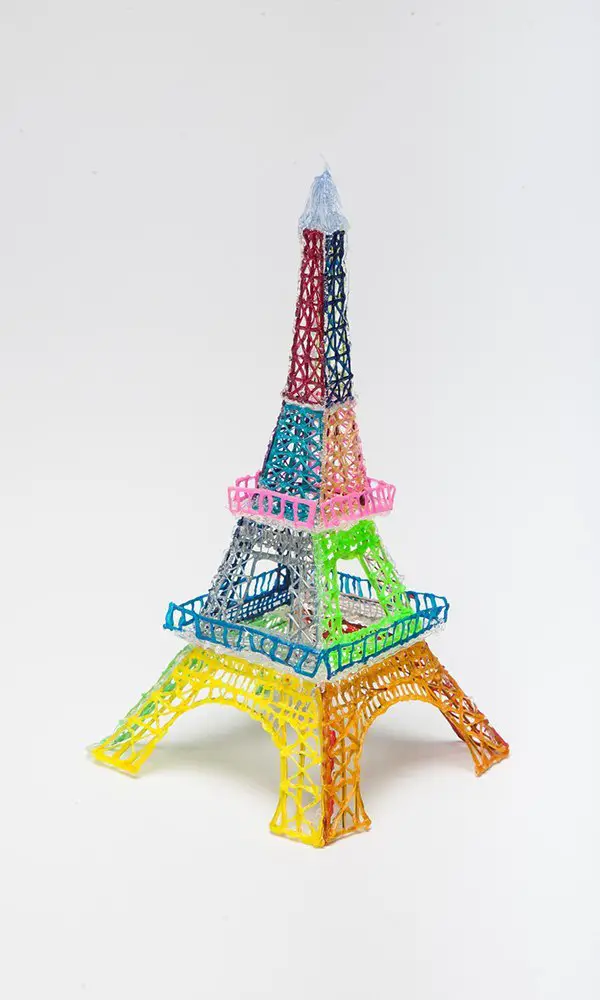
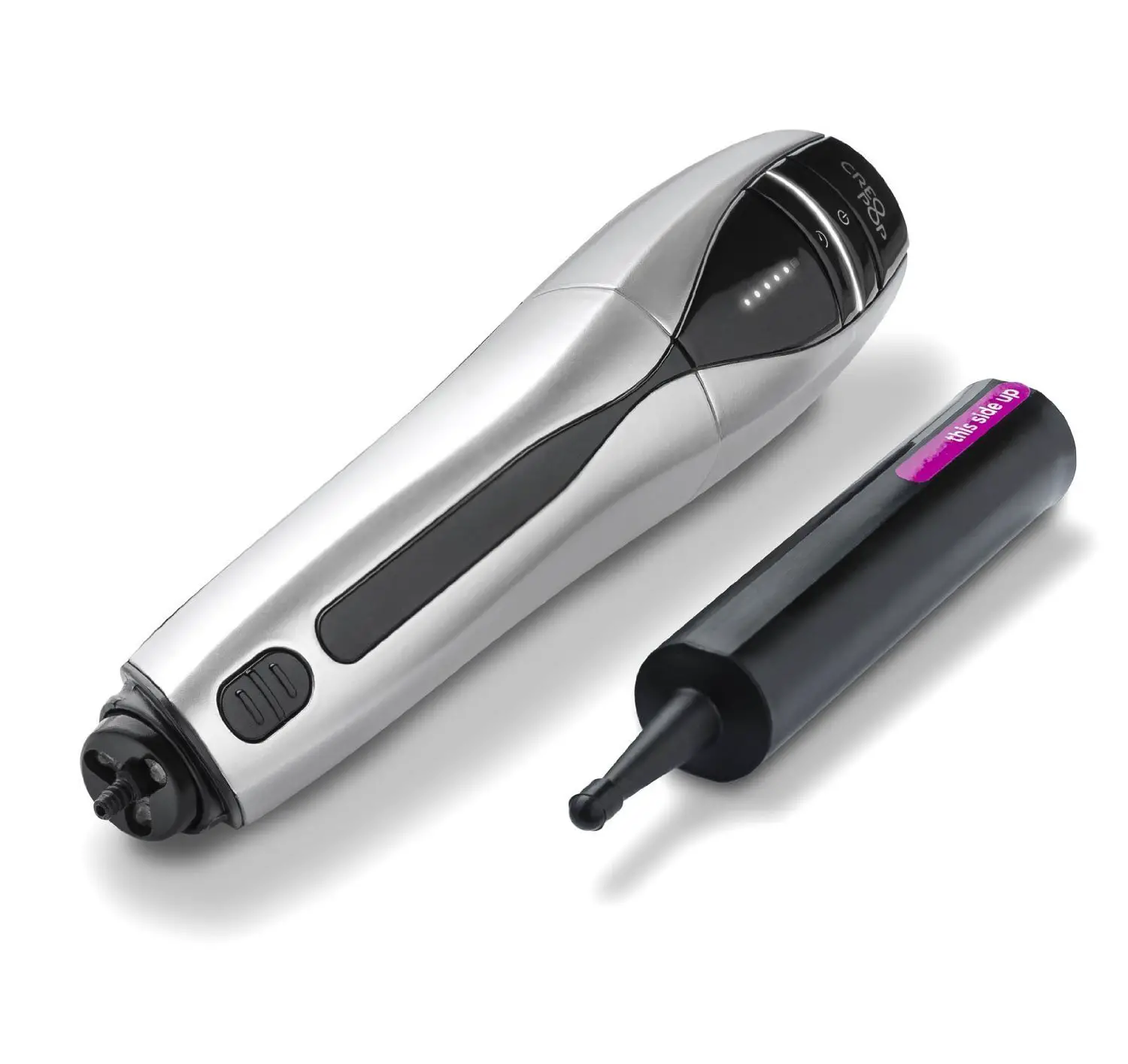
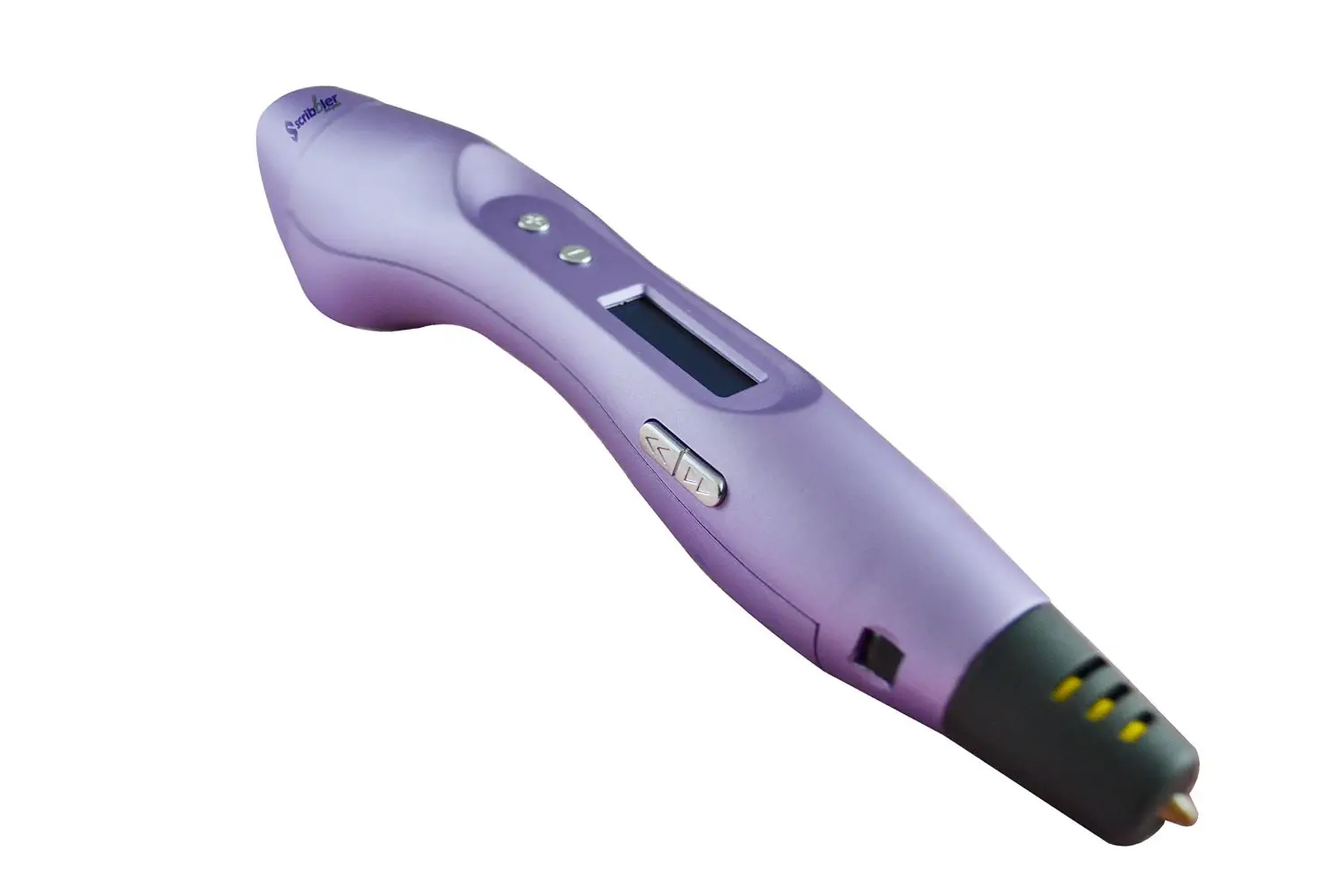


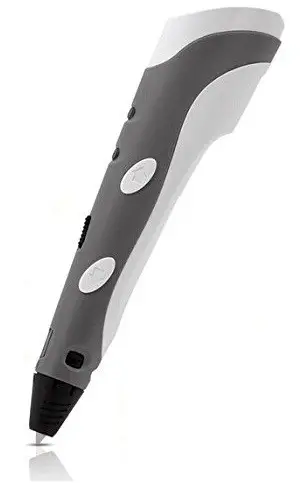
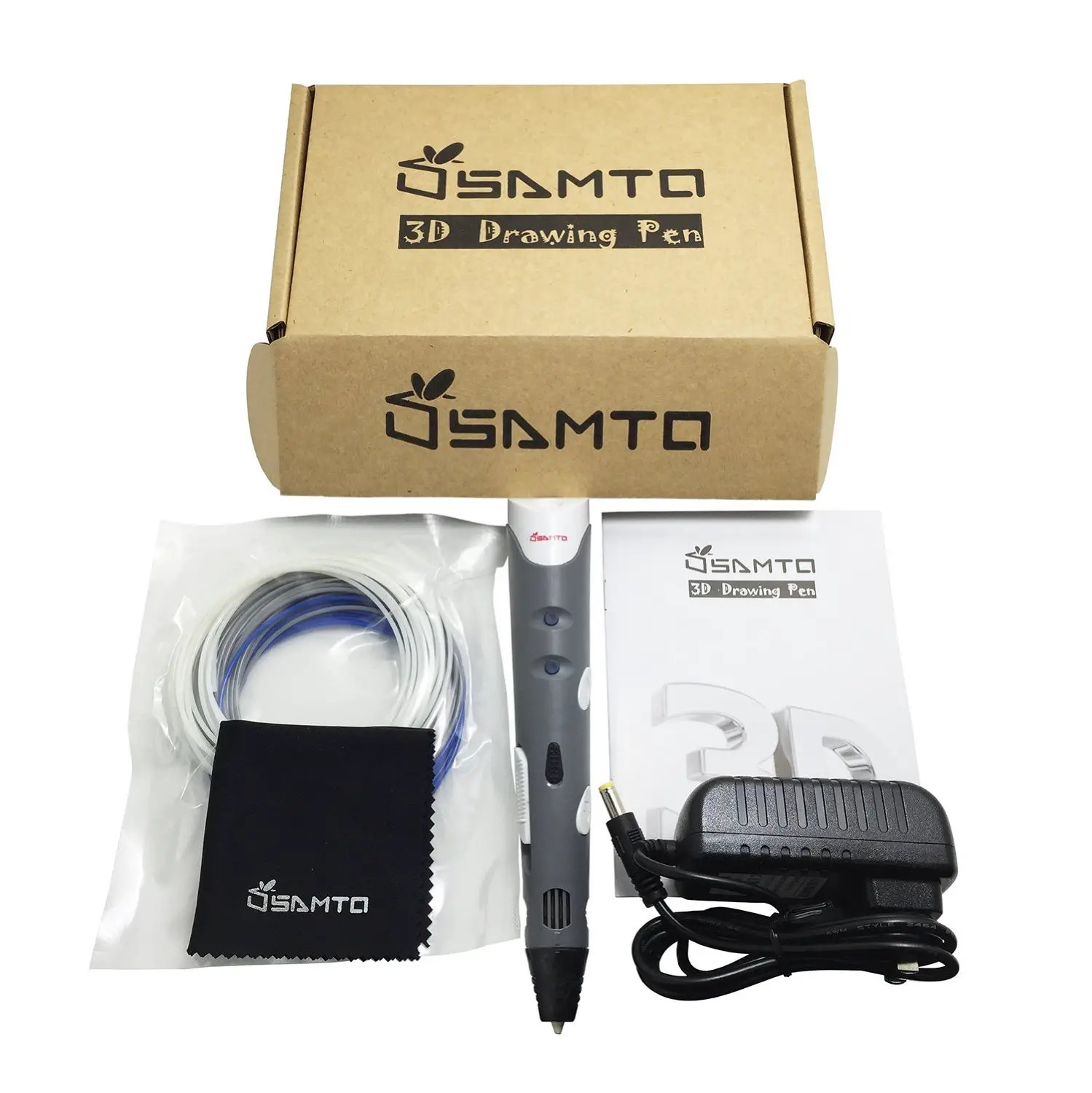
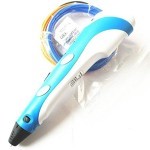

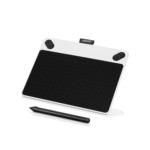

Very Interesting information. As a 3D pen specialist artist, I have tried a lot of these pens. Soyan Doodle 3D Printing Pen being one of my favorite.
Hi, interesting to hear that you are a 3D pen specialist artist. We have a project regarding these 3D pens, If your interested in cooperating with us, please contact me at alireza@apluscommerce.net. Thanks.